Product Description
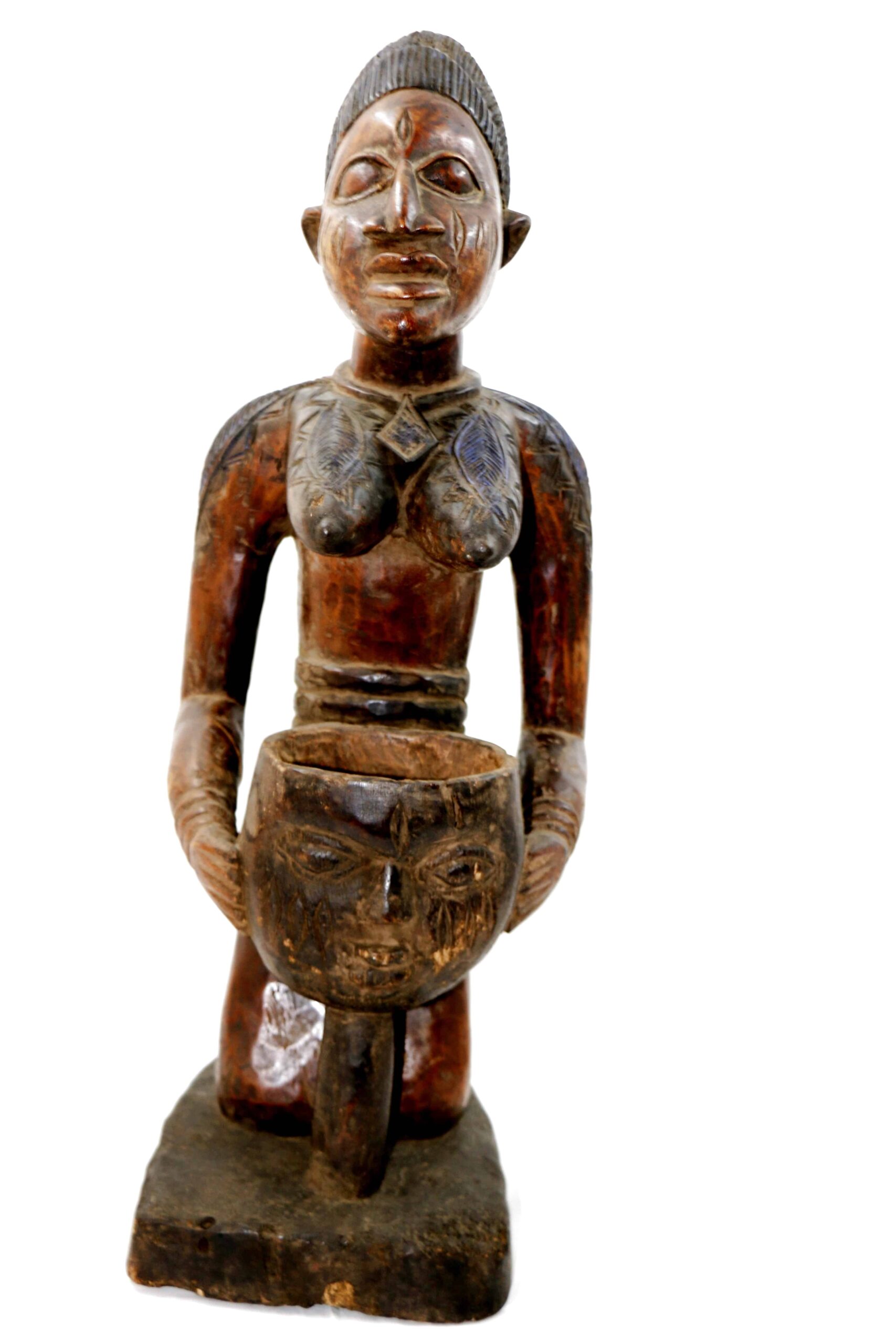
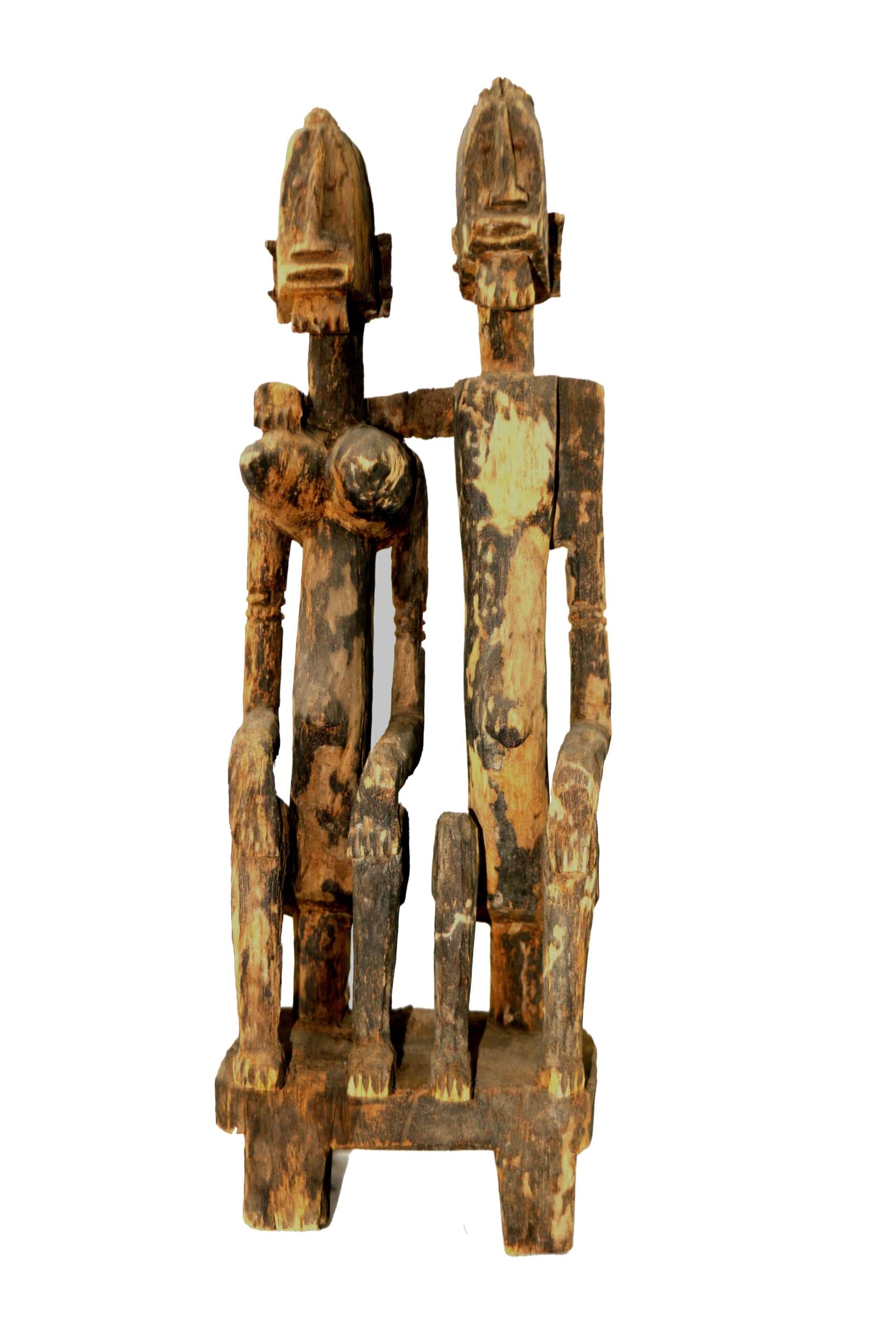
Yoruba Maternity Figure – Nigeria
This figure represents a kneeling maternity figure holding a shaft, and with a baby on her back. Her facial features are very expressive and are carved with naturalistic detailing such as large scarification on cheeks and forehead. The finial hairstyle called known as irun agogo, adds to the figure’s beauty. The patina is shiny and smooth. This figure, a recent bride or a priestess, depicts an homage to maternity or motherhood and was used as a shrine to deities Shango or Eshu in the Yoruba religion. The mother and child could have had a more public role appearing during festivals and religious ceremonies. The piece has a shine and rich patina.
Made of 100% wood.
Model is W 70 – H 27 and weight 6 kg.
Description
This figure represents a kneeling maternity figure holding a shaft, and with a baby on her back. Her facial features are very expressive and are carved with naturalistic detailing such as large scarification on cheeks and forehead. The finial hairstyle called known as irun agogo, adds to the figure’s beauty. The patina is shiny and smooth. This figure, a recent bride or a priestess, depicts an homage to maternity or motherhood and was used as a shrine to deities Shango or Eshu in the Yoruba religion. The mother and child could have had a more public role appearing during festivals and religious ceremonies. The piece has a shine and rich patina.
Living mainly in the forested areas of south-west Nigeria, on both sides of the Niger River the Igbo number some ten million individuals. Mainly farmers and merchants, they also hunt and fish. They are subdivided into thirty-three subgroups and are spread out among about two hundred villages scattered through the thick forest or semifertile marshland. Only on the northern and western edges of the area, under influence from Igala and Benin, are hereditary rulers found. The heads of families form the council of elders, which shares its power with numerous secret societies. These societies exercise great political and social influence. They are highly hierarchical, their members passing from one level to the next. There is strong social pressure toward individual distinction, and men can move upward through successive grades by demonstrating their achievements and their generosity.
Additional information
| Weight | 6 kg |
|---|---|
| Dimensions | 27 × 70 cm |
| Color | |
| Material |
Leave a reply Cancel reply
Returns and Exchanges
There are a few important things to keep in mind when returning a product you purchased.You can return unwanted items by post within 7 working days of receipt of your goods.
- You have 14 calendar days to return an item from the date you received it.
- Only items that have been purchased directly from Us.
- Please ensure that the item you are returning is repackaged with all elements.
Ship your item back to Us
Firstly Print and return this Returns Form to:
30 South Park Avenue, San Francisco, CA 94108, USA
Please remember to ensure that the item you are returning is repackaged with all elements.
For more information, view our full Returns and Exchanges information.

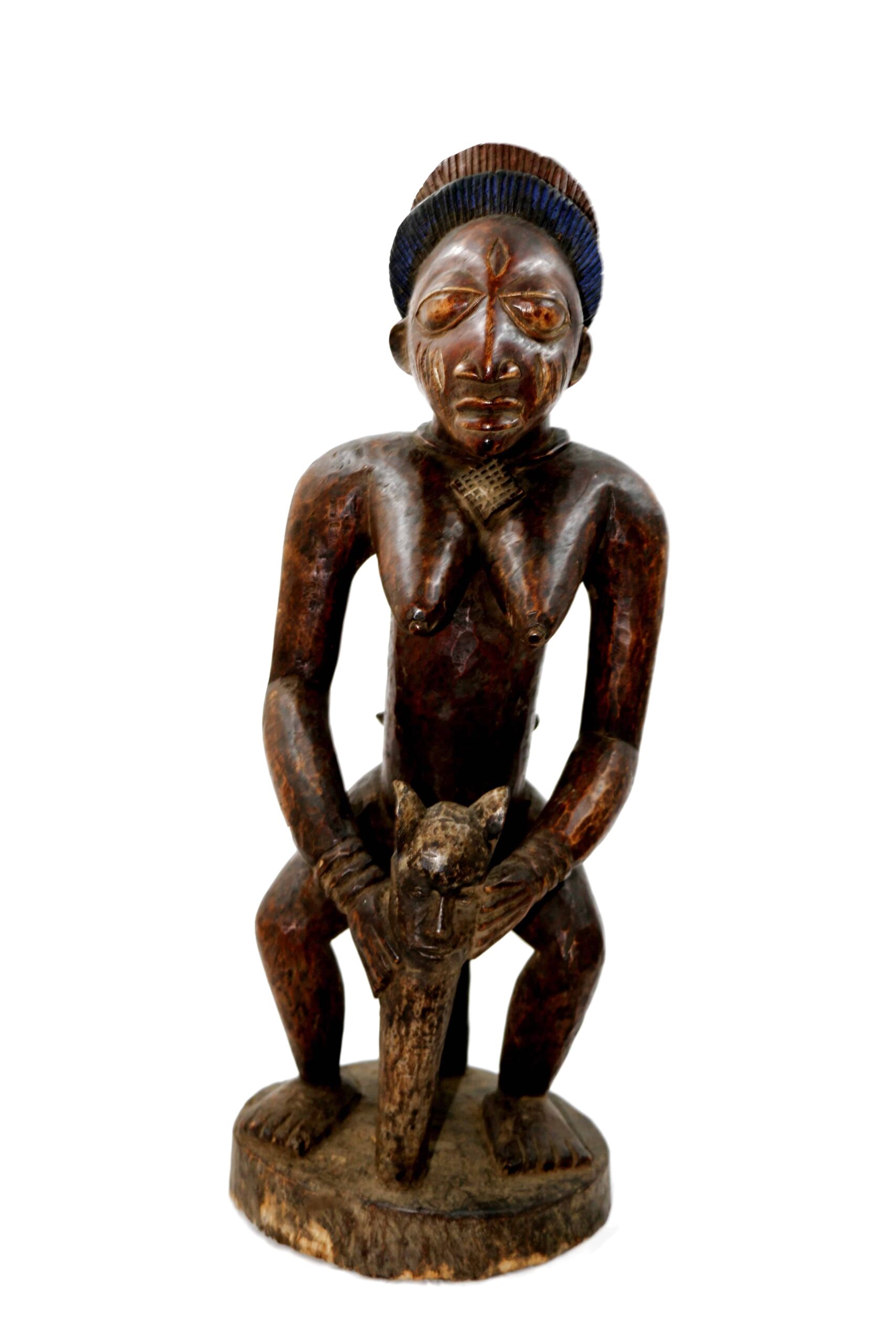
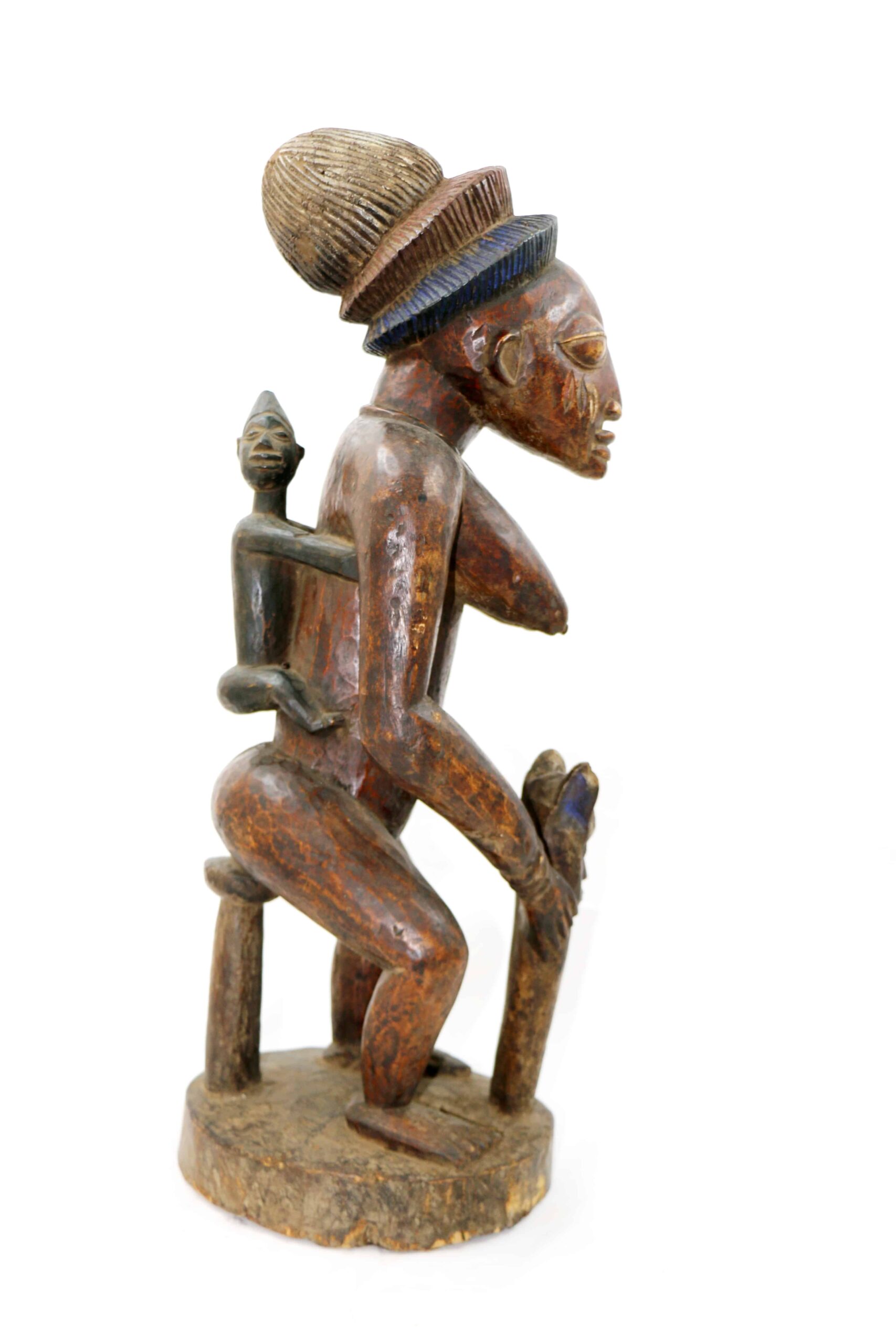
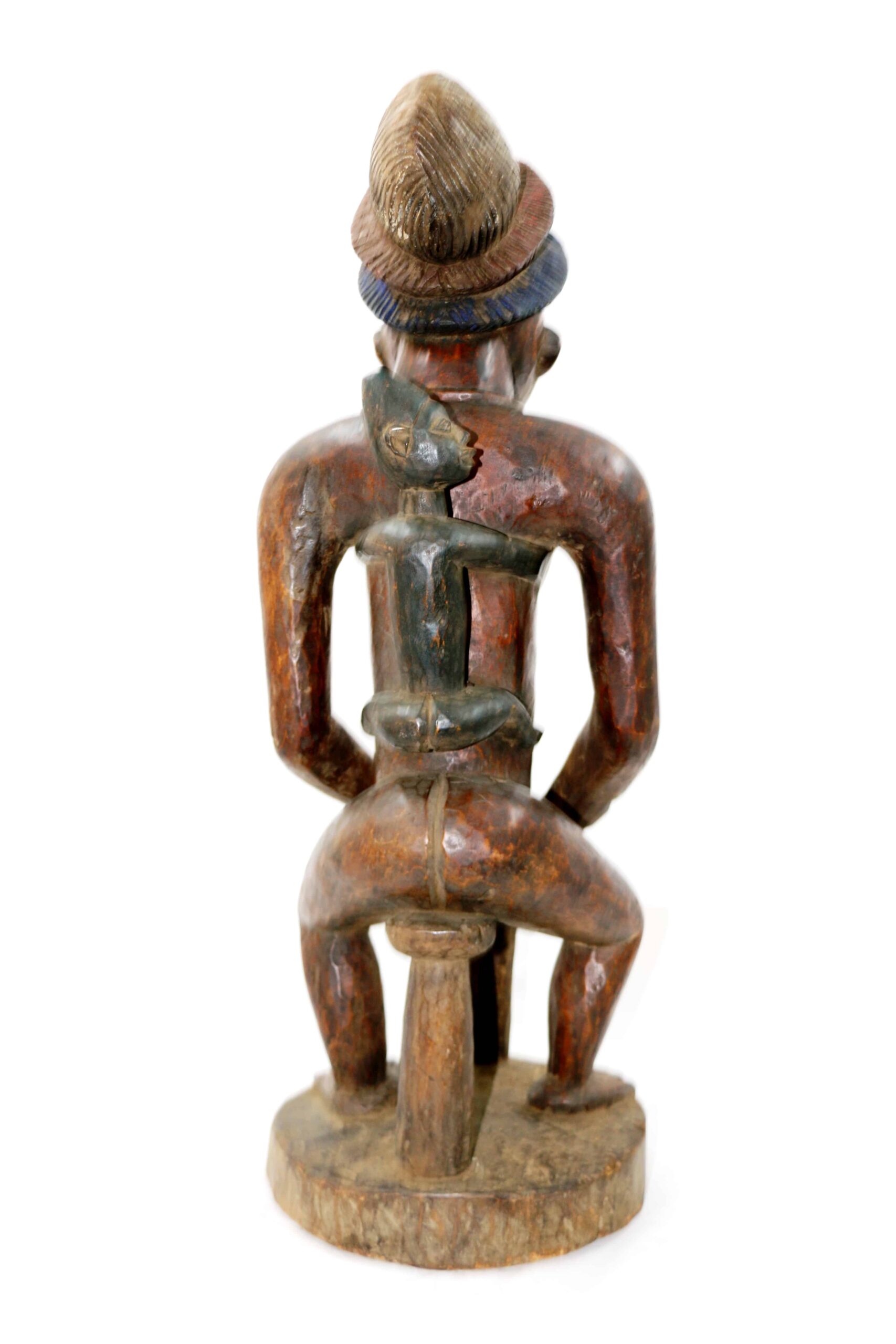
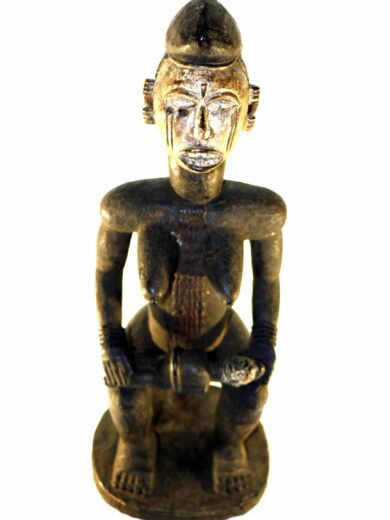
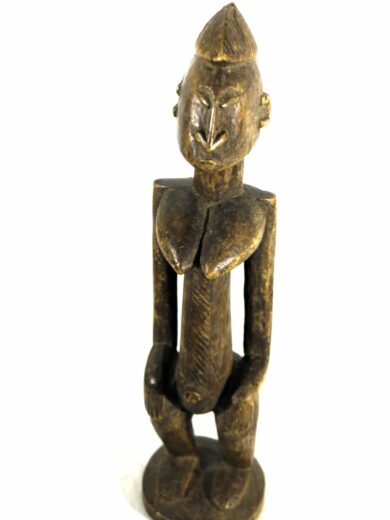
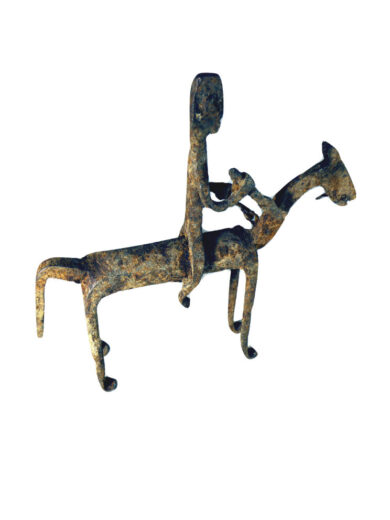
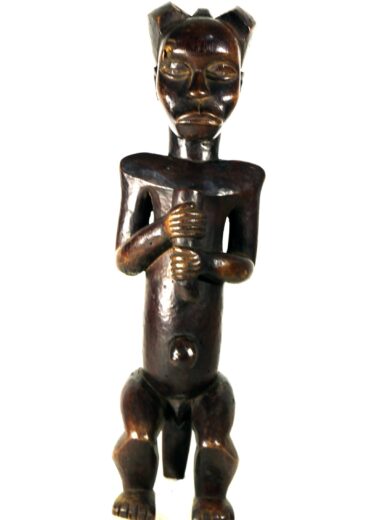
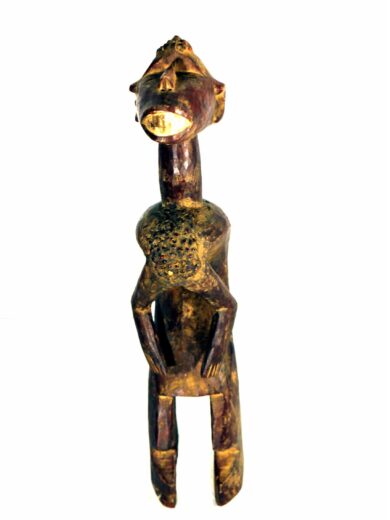
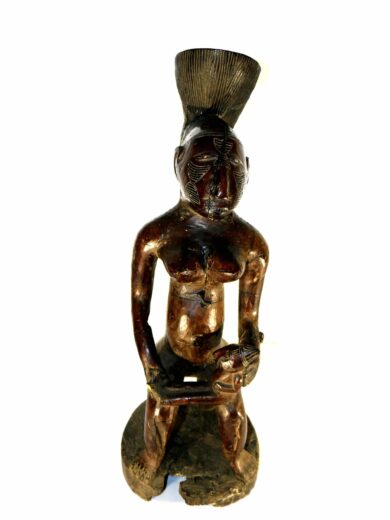
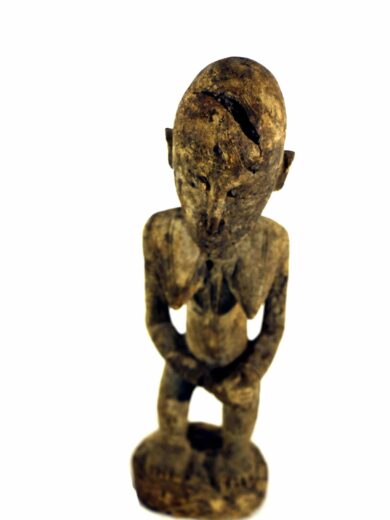
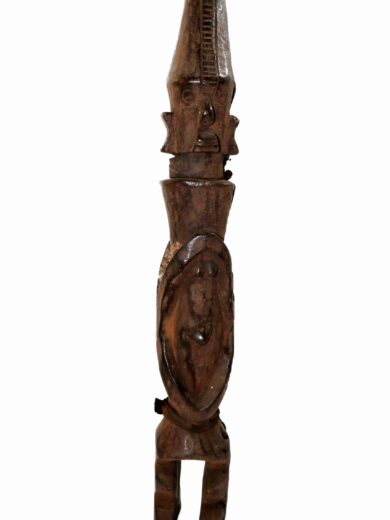
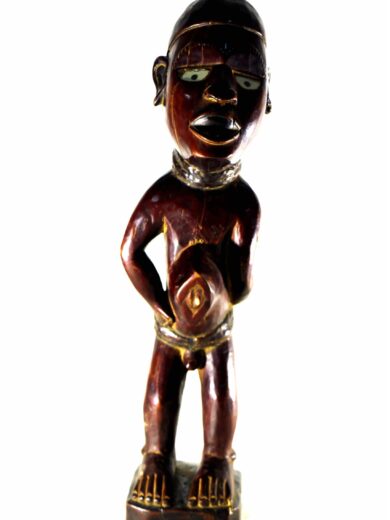
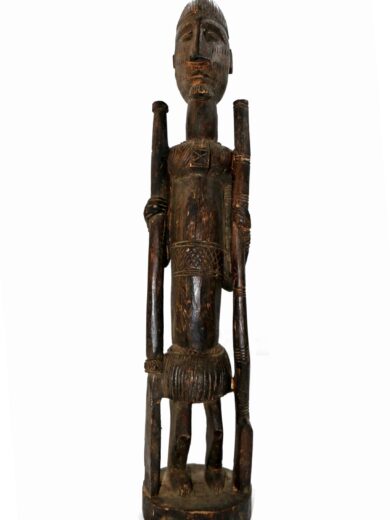
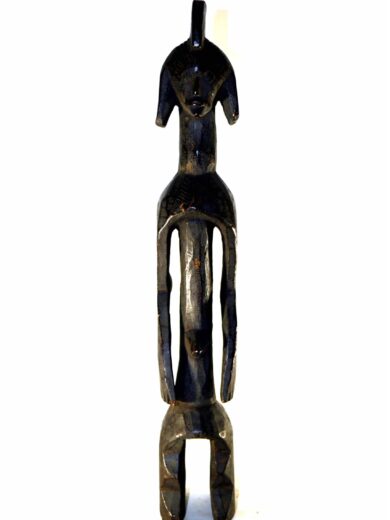
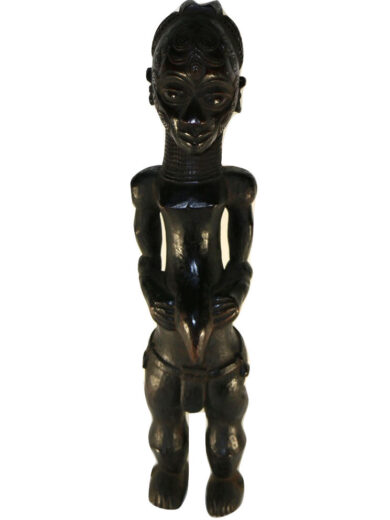
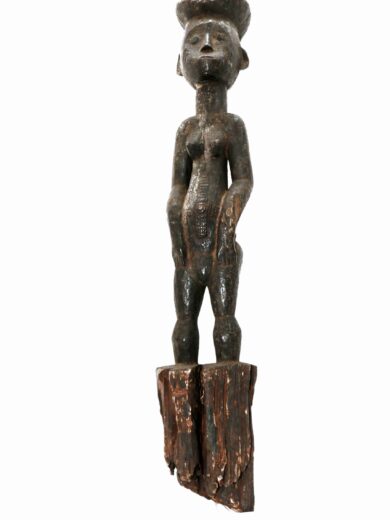
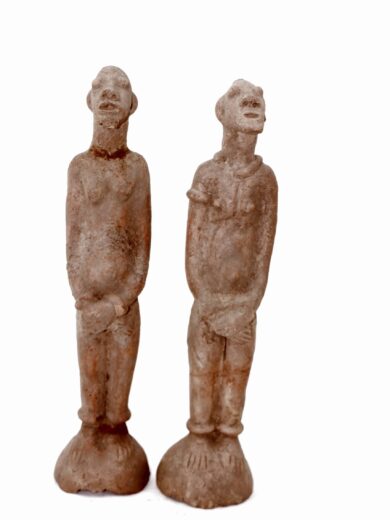
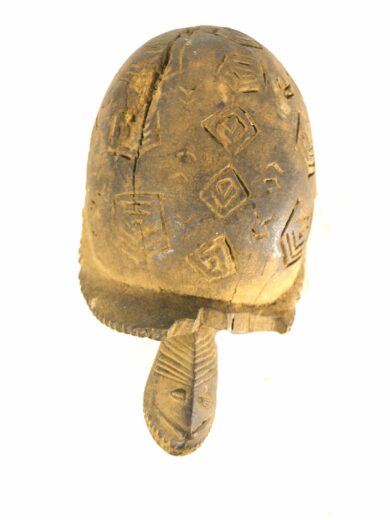
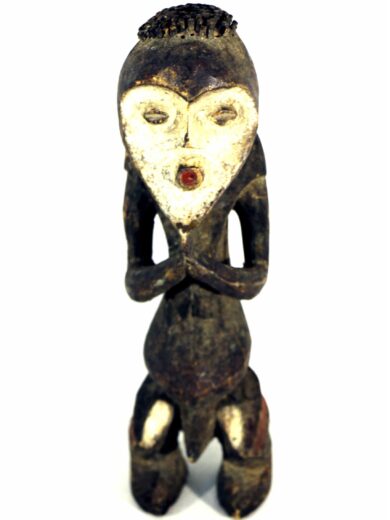
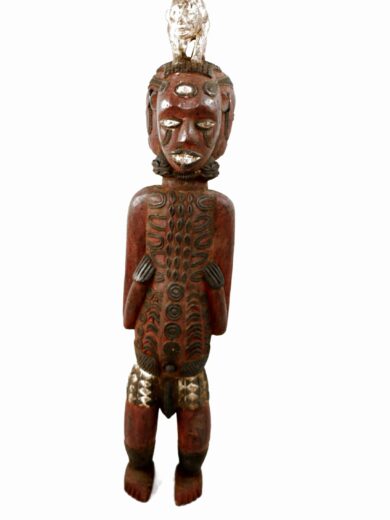
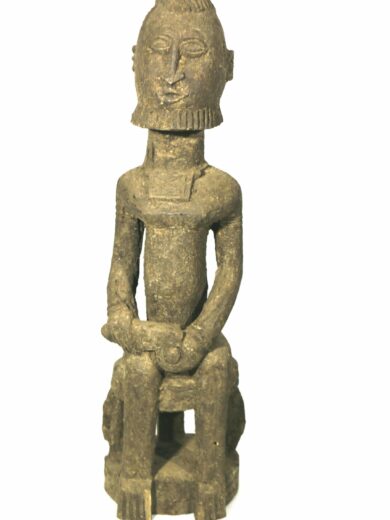
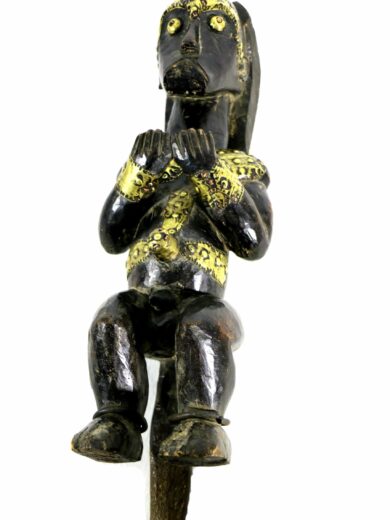
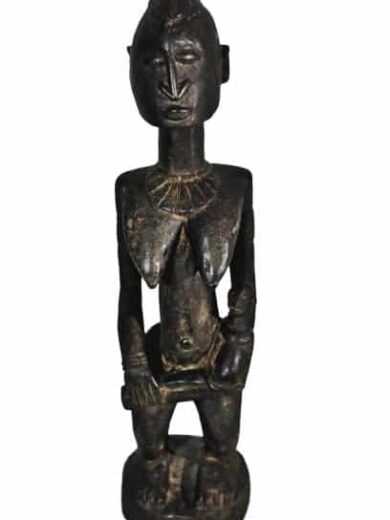
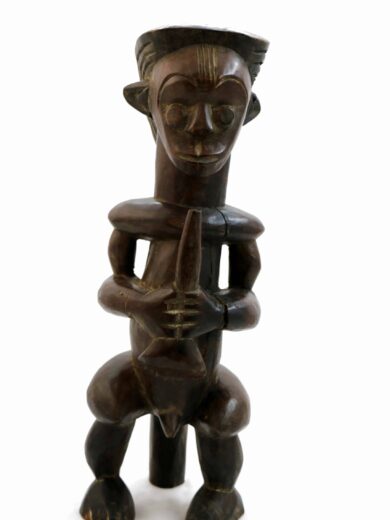
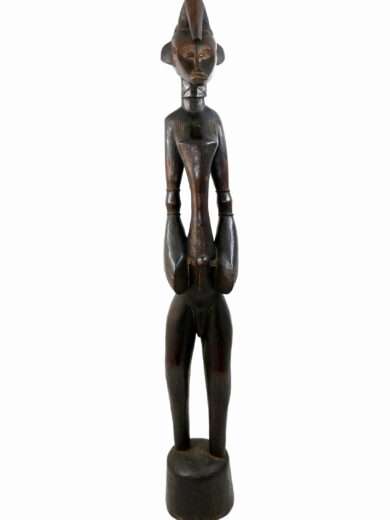
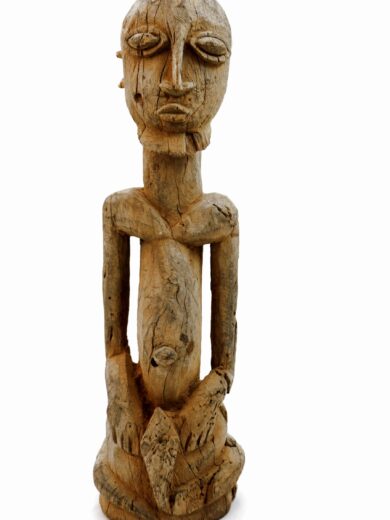
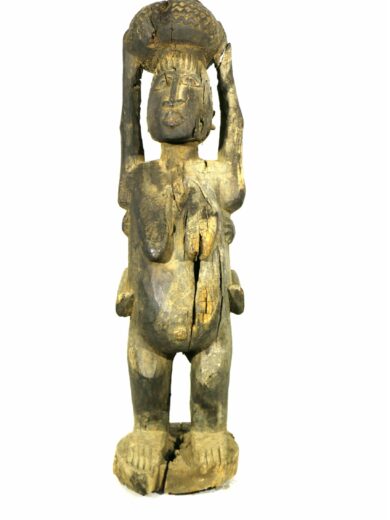
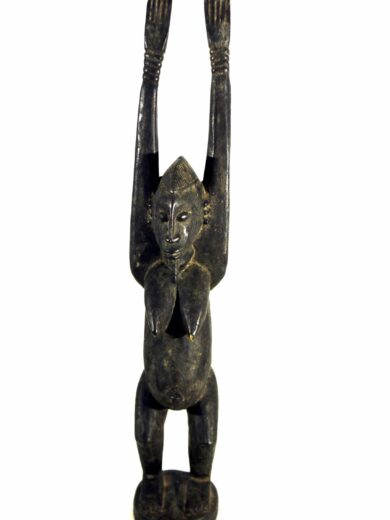
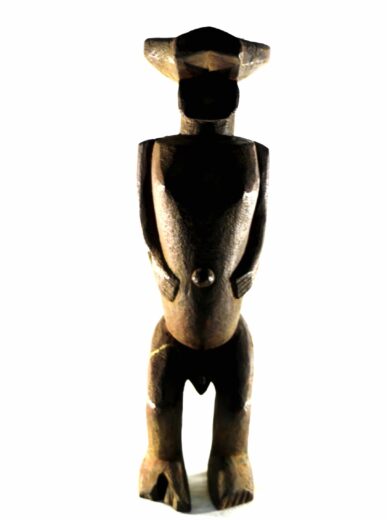
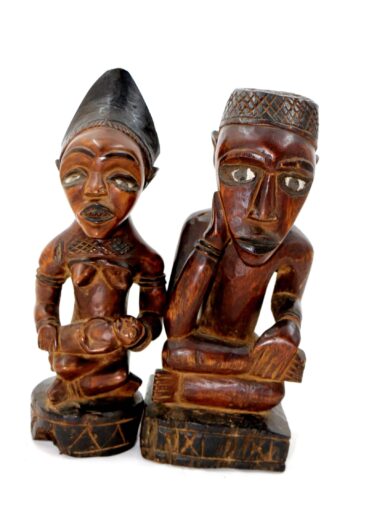
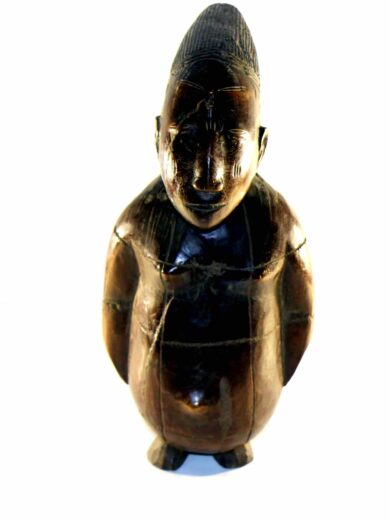
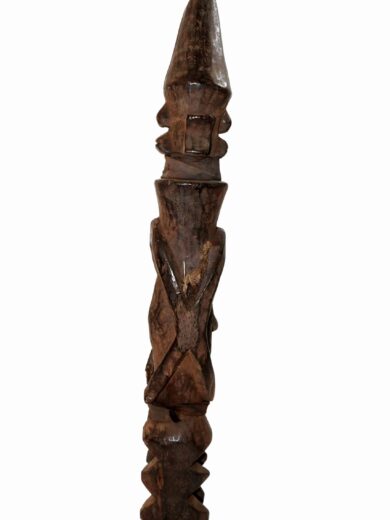
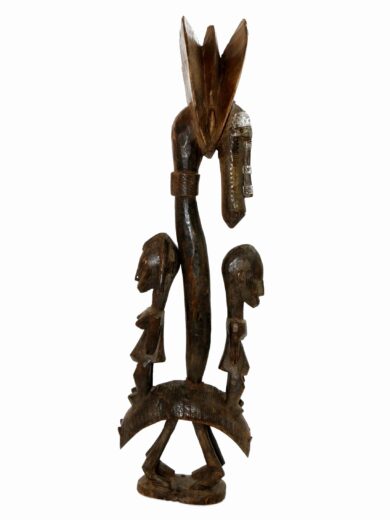
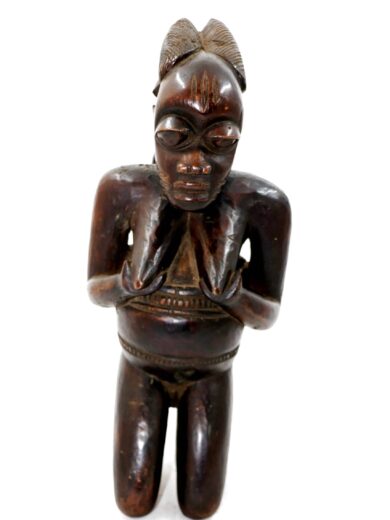
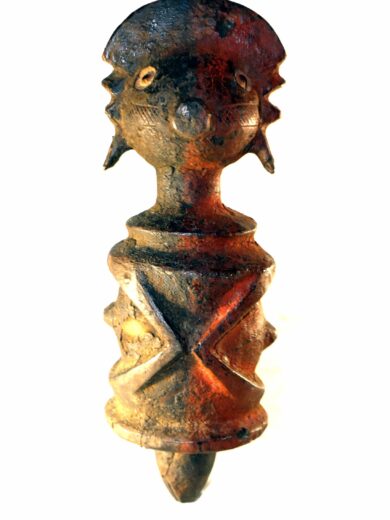
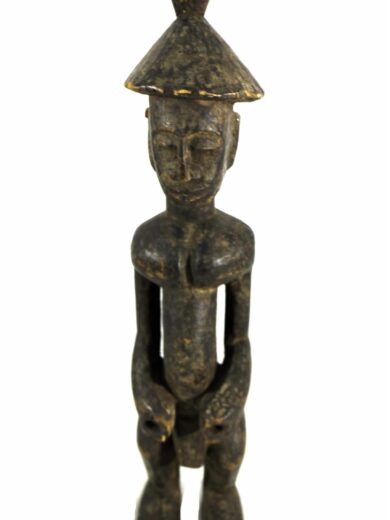
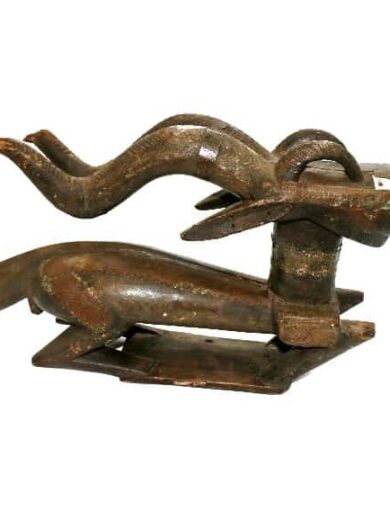
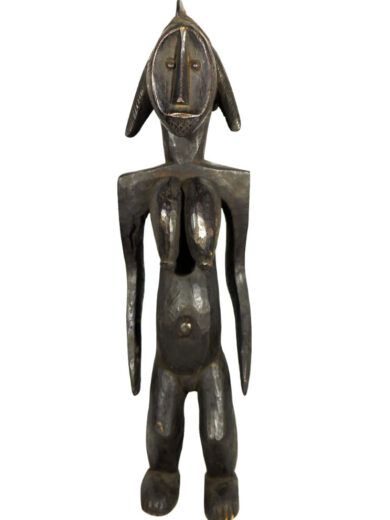
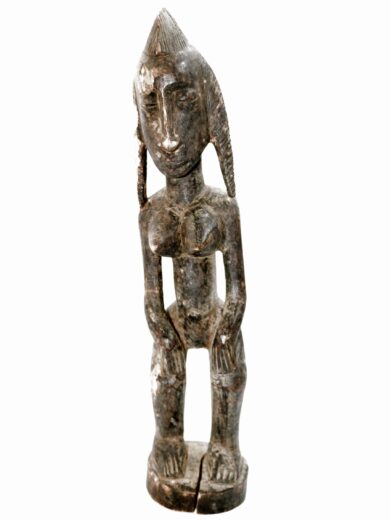
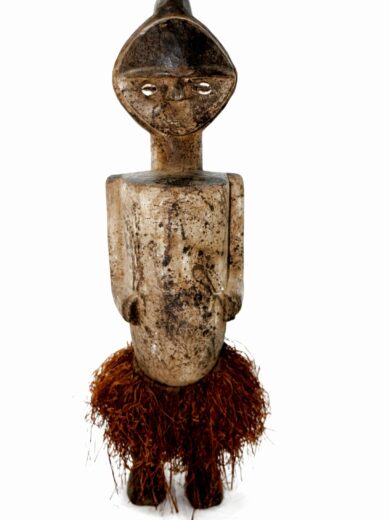
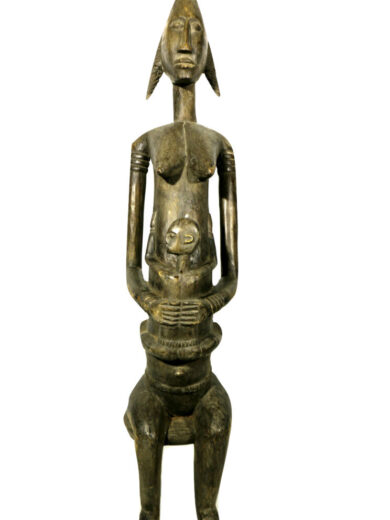
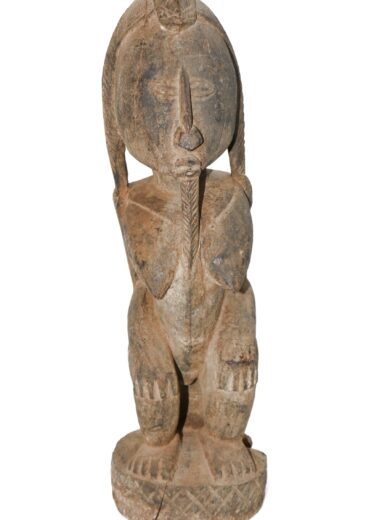
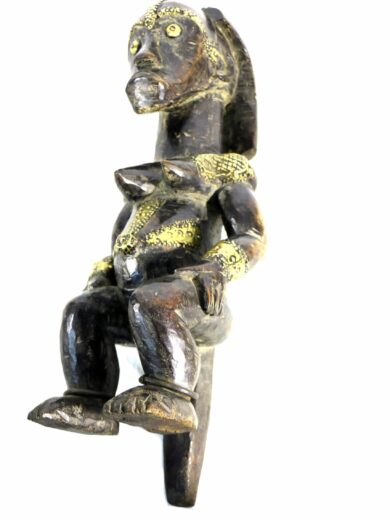
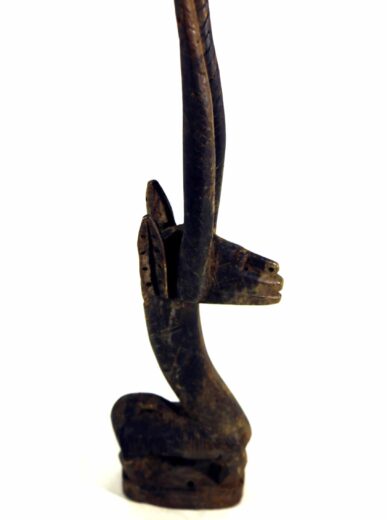
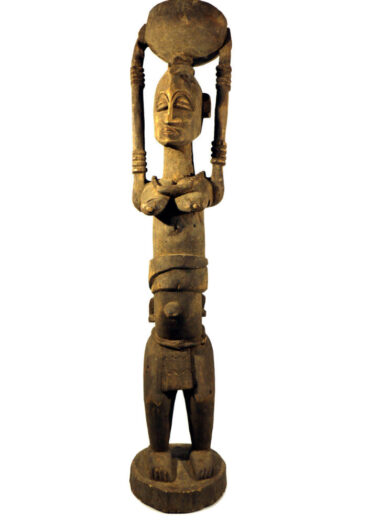
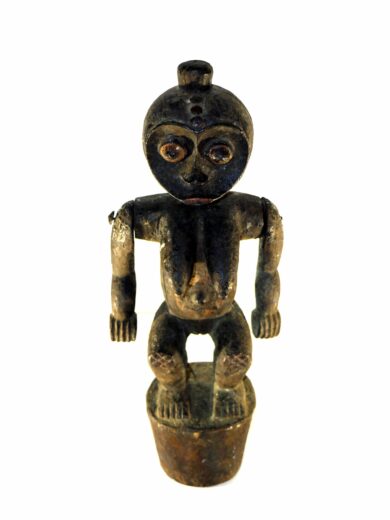
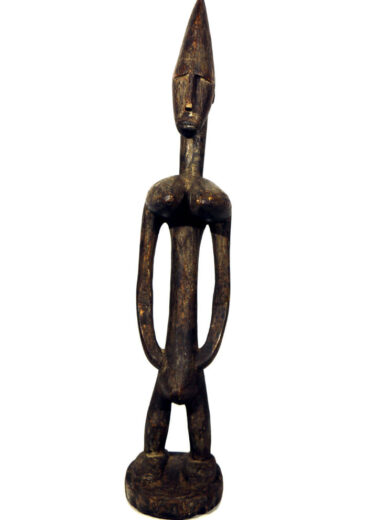
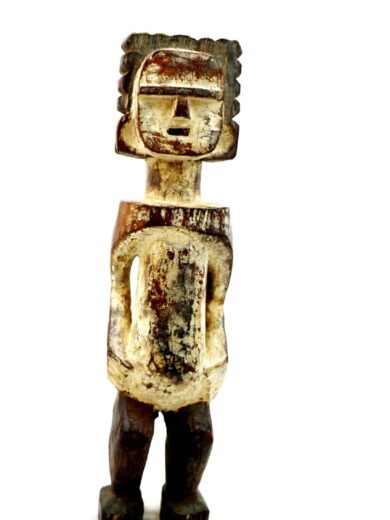
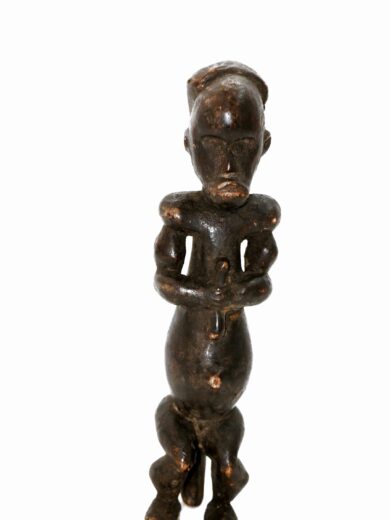
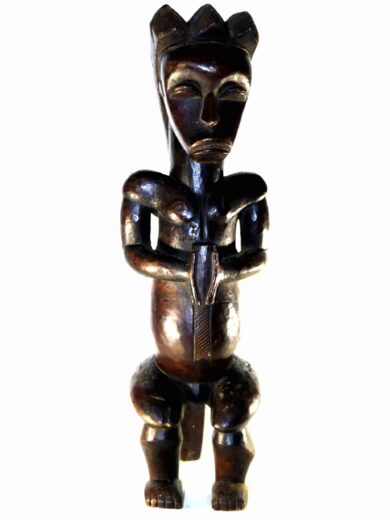
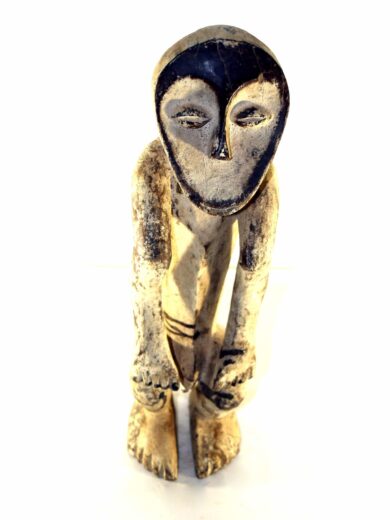
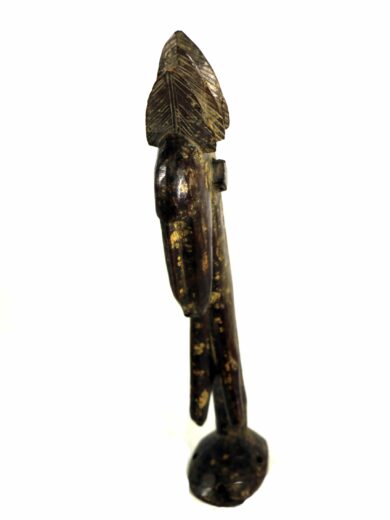
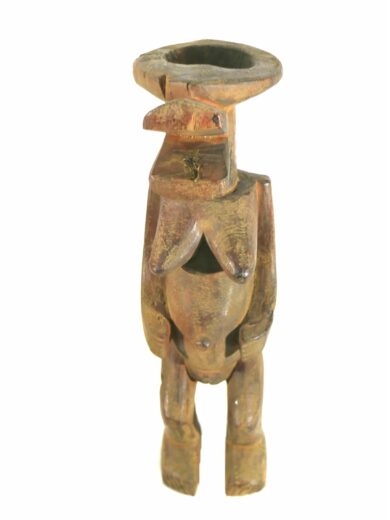

Reviews
There are no reviews yet.